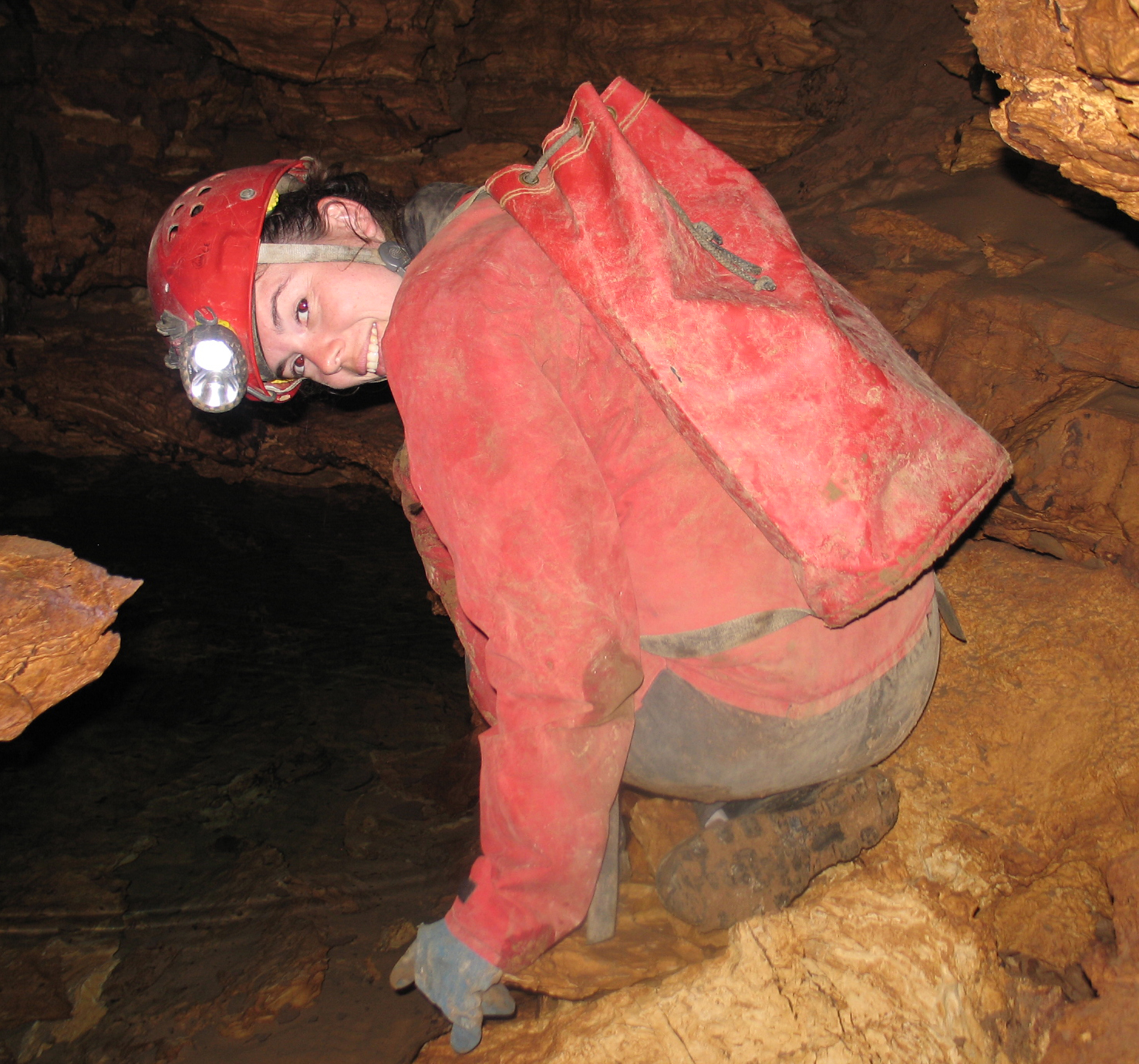 |
Name: William R. Jeffery, Professor of Biology; Principal Investigator
Education: Ph.D., University of Iowa, 1971. Evolution of developmental
mechanisms in chordates.
Research Interests: I am interested in the evolution of development. Several
different animals are used in my research. The teleost Astyanax mexicanus is a
single species with eyed surface dwelling and blind cave dwelling forms. I want to
understand the developmental and evolutionary mechanisms responsible for
phenotypic changes in Astyanax cavefish. I am also interested in the ancestry of
the neural crest and regeneration in chordates. For this research I use sea squirts
(ascidians), especially Ciona intestinalis, which has a completely sequenced
genome.
Email: Jeffery@umd.edu
Sample Publications: Jeffery, W. R. , Chiba, T., Krajka, F. R., Deyts, C., Satoh, N.,
and Joly J. S. Trunk lateral cells are neural crest-like cells in the ascidian Ciona
intestinalis. Dev. Biol. 2008 324: 152-160.
Curriculum Vita: here
|
|
Name: Li Ma, Senior Postdoctoral Researcher
Education: Ph.D., Kunming Institute of Zoology, Chinese Academy of Sciences,
2008. The molecular mechanisms of vertebrate neural induction and patterning.
Research Interests: Why have adult cavefish reduced or completely lost their
eyes? Small eye primordia are formed in early during development of the
cavefish Astyanax mexicanus, but they subsequently arrest, degenerate, and
sink into the orbits. I am interested in the molecular and cellular mechanisms of
eye degeneration in cavefish. It has been hypothesized that defects in the
embryonic lens are responsible for cavefish eye degeneration, and accordingly the
expression of alpha-A-crystallin, a chaperone controlling lens survival, is
significantly decreased during cavefish lens development. My current research
focuses on the function of the alpha-A-crystallin gene during cavefish eye
development. The major questions are how and where alpha-A-crystallin
functions in the pathway leading to normal lens development or death and the
nature of the mutations in this gene that have led to its downregulation in
cavefish.
Email: Lma555@umd.edu
Sample Publications: Ma, L., Parkhurst, A., and W. R. Jeffery (2014). The role of a
lens survival pathway including sox2 and αA-crystallin in the evolution of cavefish
eye degeneration. EvoDevo 5: 28 doi:10.1186/2041-9139-5-28
|

|
Name: Helena Bilandžija, Postdoctoral Researcher
Education: Ph.D., Rudjer Boskovic Instsitute, Zagreb, 2013. The molecular evolution
of cave animals
Research Interests: Despite the constant darkness and the lack of food, caves are
inhabited by a rich diversity of organisms. Remarkably, the same or similar suites
of morphological, physiological and behavioral changes have evolved in unrelated
cave organisms from diverse phyla. My fascination with this phenomenon began
with my undergraduate studies and after my graduate work, I have been awarded
a fellowship to join the Jeffery Lab as a postdoctoral researcher. Using the lab's
ability to rear these fish in captivity as well as exploiting the many other advantages
of the Astyanax system (including the application of developmental,
molecular, genetic, and genomic methods), I seek to understand the mechanisms
underlying some of the phenomena I observed while working with various cave
invertebrates. My work will specifically focus on the loss of pigmentation, one of the
major hallmarks of cave-dwelling organisms, as well as its potential pleiotropic
effects that could aid in the survival of animals in caves.
Email:
hbilandz@irb.hr, hbilandz@umd.edu
Sample Publications: Bilandžija, H., Ma L, Parkhurst, A., and W. R. Jeffery. (2013).
A potential benefit of albinism in Astyanax cavefish: Downregulation of the oca2
gene increases L-tyrosine and catecholamine levels as an alternative to melanin
synthesis. PLoS ONE 8 (11): e80823.
|











